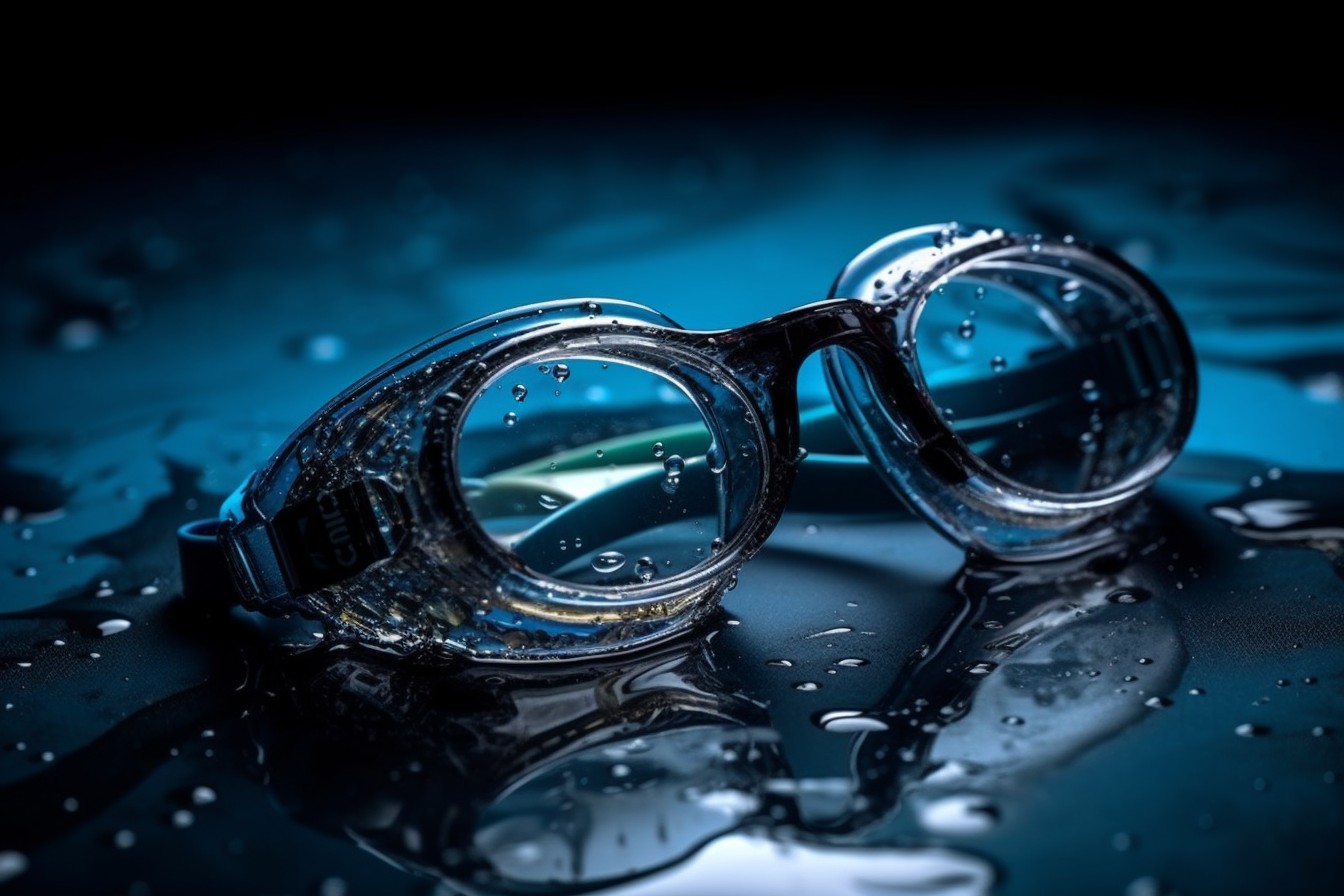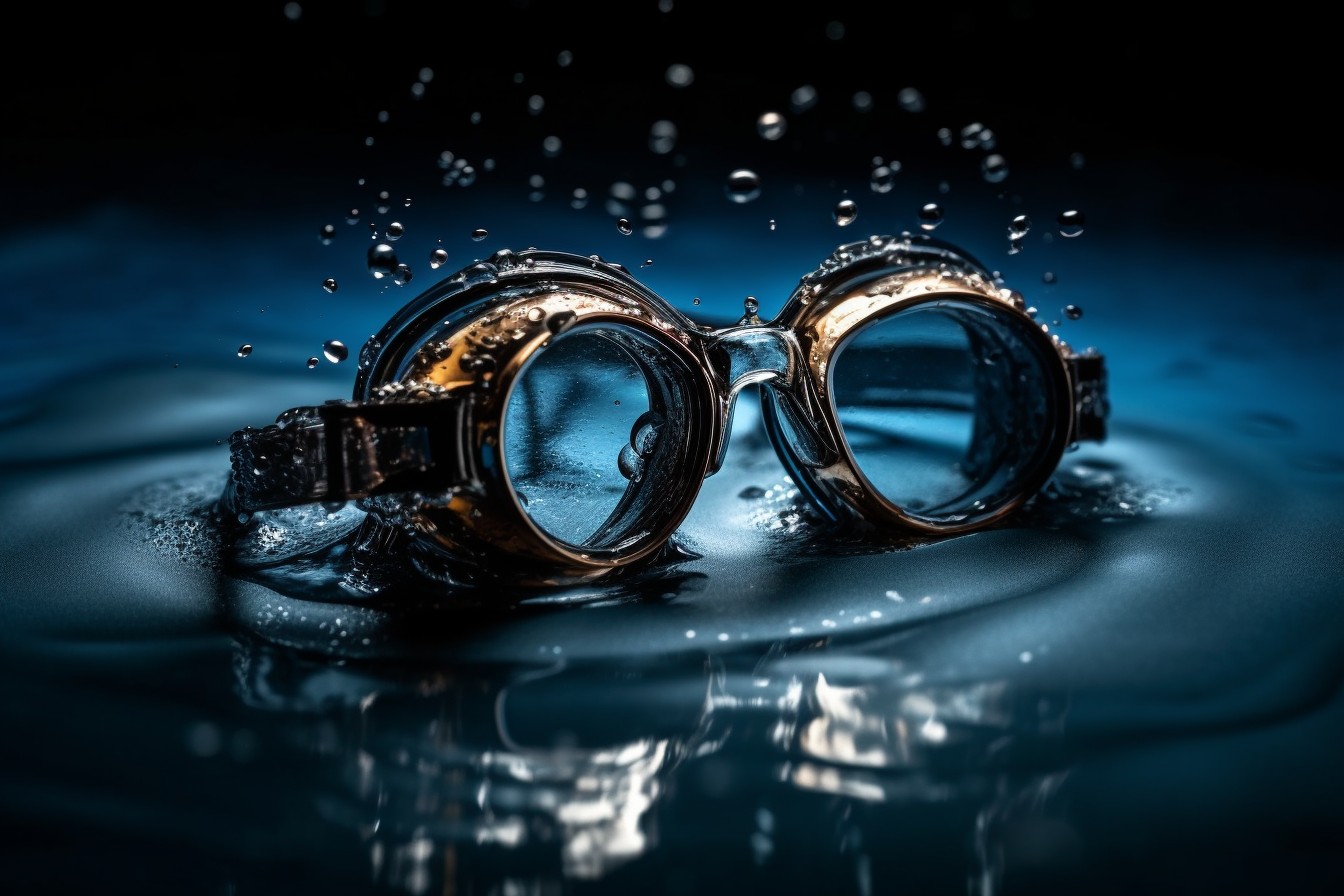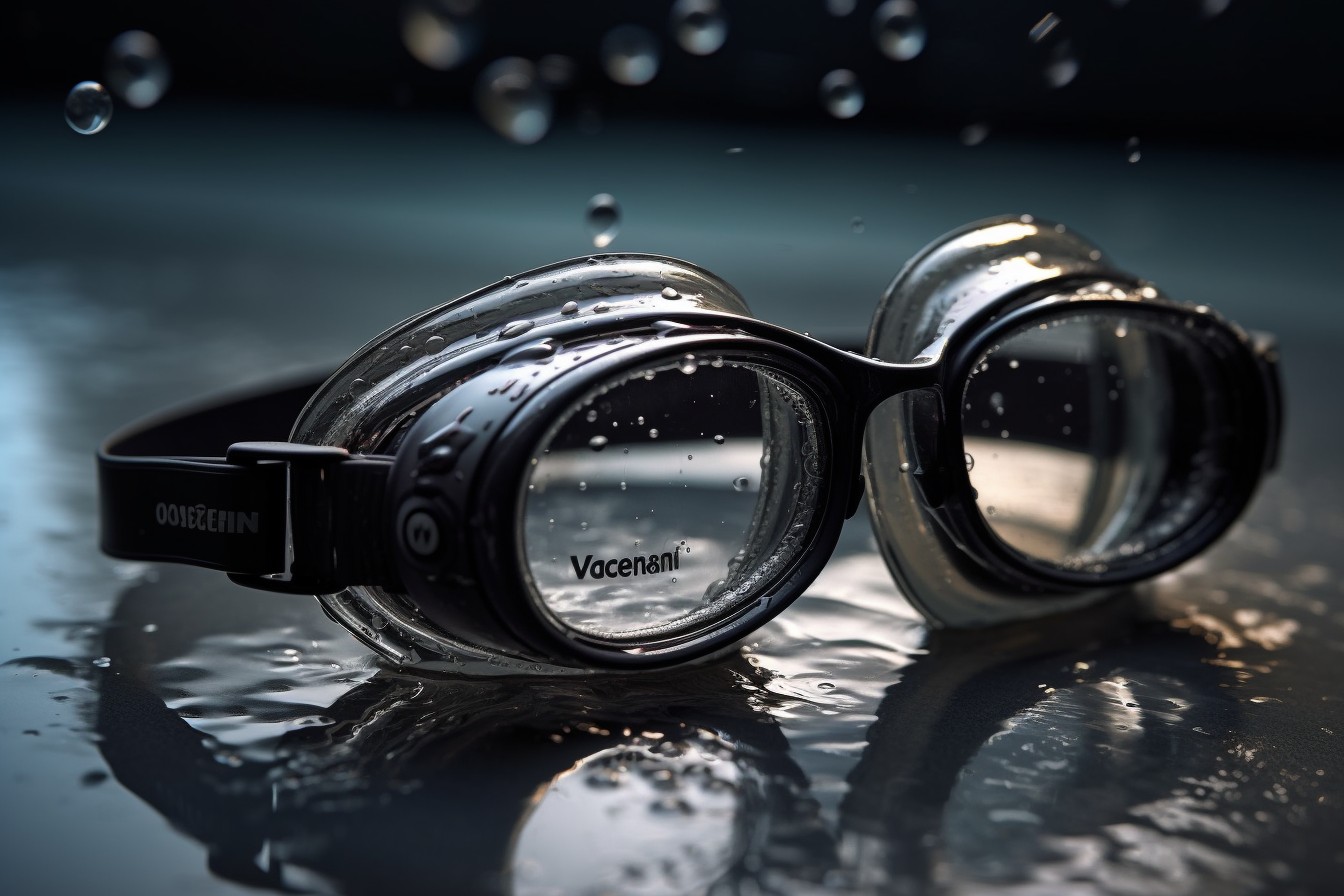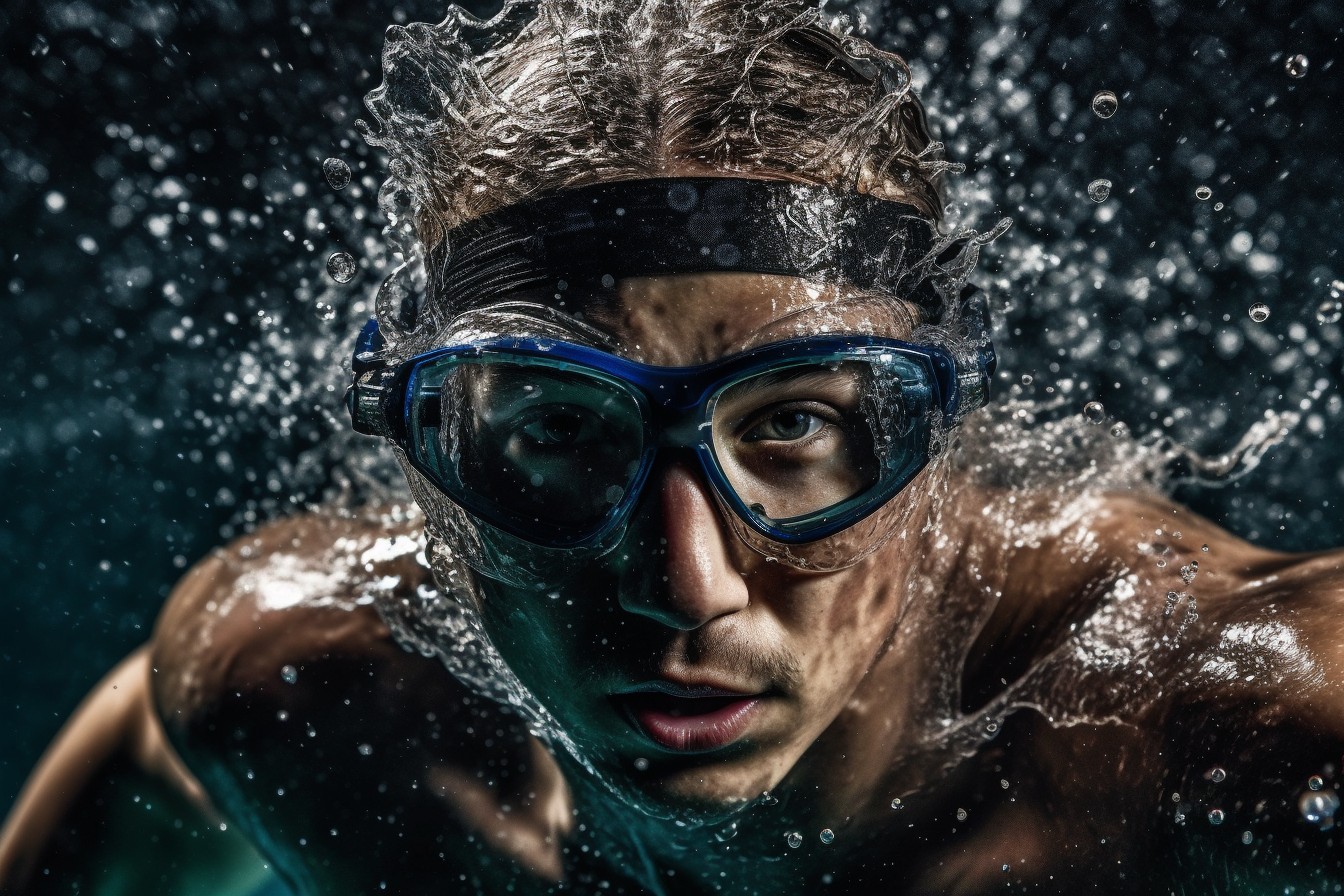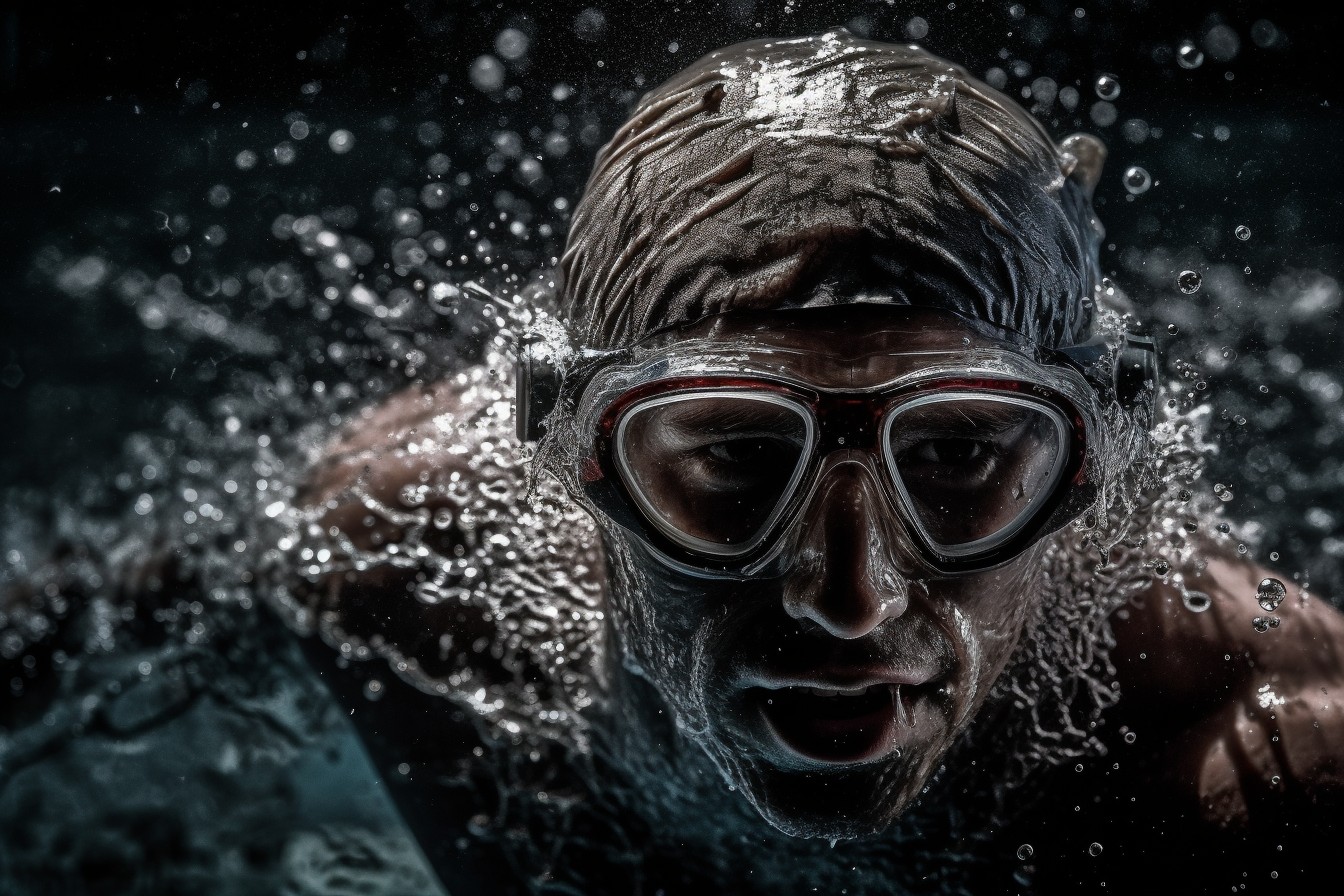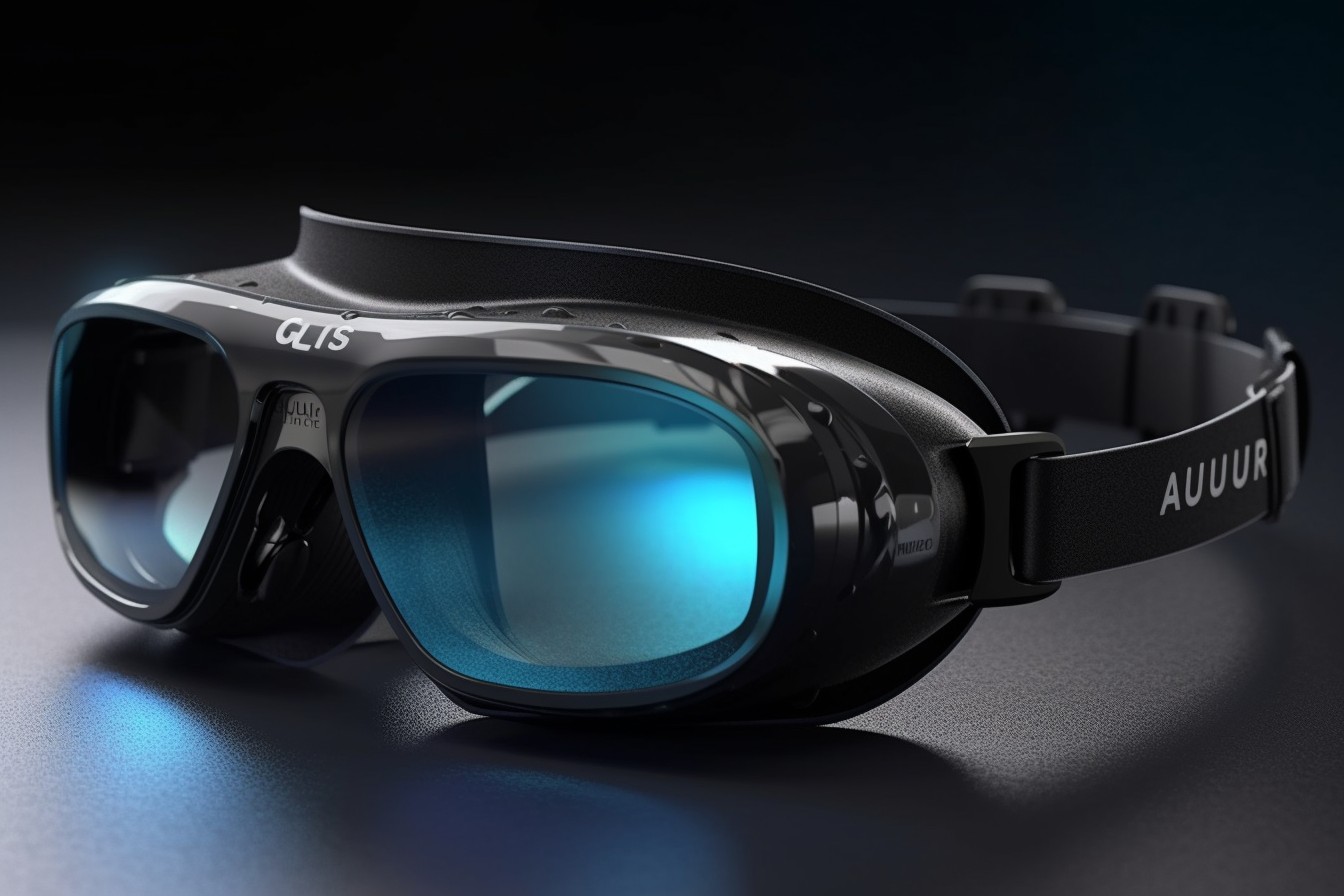Tag: swim
-

Understanding the Science of Goggle Fogging: Causes and Solutions
Introduction: Understanding the science behind goggle fogging is crucial for individuals who engage in activities such as skiing, swimming, or wearing safety goggles. Goggle fogging occurs when moisture condenses on the inner surface of the goggles, impairing vision and causing discomfort. This phenomenon is caused by a combination of factors, including temperature differences, humidity, and…
-

Swim Training and Goggle Fog: Strategies for Clear Sight in the Pool
Swim training is a crucial aspect of improving swimming skills and performance in the pool. However, one common challenge that swimmers face is goggle fog, which can hinder visibility and affect their overall experience. In this article, we will explore various strategies to combat goggle fog and ensure clear sight while swimming. Understanding the Causes…
-

Anti-Fog Wipes and Sprays: Quick Solutions for Clear Vision
Anti-fog wipes and sprays are quick and convenient solutions designed to prevent fogging on various surfaces, such as eyeglasses, goggles, mirrors, and car windshields. These products work by creating a thin, invisible film that helps to repel moisture and prevent condensation from forming, ensuring clear vision even in humid or cold environments. Anti-fog wipes and…
-

Environmental Factors in Goggle Fogging: Managing Humidity and Temperature
Environmental factors play a crucial role in the occurrence of a phenomenon known as “Google fogging.” This term refers to the condensation of moisture on the lenses of eyeglasses when using Google Glass or similar wearable devices. Managing humidity and temperature is essential in preventing this issue and ensuring optimal performance and user experience. In…
-

FORM Smart Swim Goggles for Triathletes
The pandemic disrupted our swimming routines, forcing us to adapt to new training methods, including dryland exercises, spa pool workouts, and tethered swimming. With limited access to pools, open water swimming has gained popularity like never before. That’s why I was excited to try out the FORM Smart Goggles, which promise to enhance your performance…
-

Choosing Anti-Fog Goggles: Evaluating Features and Effectiveness
Choosing the right anti-fog goggles is crucial for individuals who engage in activities that require clear vision in humid or cold environments. These goggles are designed to prevent fogging, which can obstruct vision and compromise safety. When evaluating the features and effectiveness of anti-fog goggles, several factors should be considered to ensure optimal performance and…
-

Home Remedies for Goggle Fog: DIY Anti-Fog Solutions
Introduction: Goggle fogging can be a frustrating issue, especially when engaging in activities such as swimming, skiing, or wearing glasses. Fortunately, there are several home remedies and do-it-yourself (DIY) anti-fog solutions that can help prevent goggle fog. These remedies are cost-effective and easy to implement, providing a clear and fog-free vision during your favorite activities.…
-

Preparing Goggles for Use: Techniques to Reduce Fog Build-Up
Introduction: Fog build-up on goggles can significantly impair visibility and hinder performance in various activities, such as skiing, swimming, or working in humid environments. To ensure clear vision and enhance safety, it is crucial to prepare goggles properly before use. This article will outline several techniques to reduce fog build-up on goggles, allowing users to…
-

Proper Goggle Fit and Adjustment: Minimizing Fogging during Swimming
Proper goggle fit and adjustment are crucial for minimizing fogging during swimming. Fogging occurs when warm air from your body comes into contact with the cooler lenses of your goggles, causing condensation and obstructing your vision. By ensuring a proper fit and making necessary adjustments, you can significantly reduce fogging and enhance your swimming experience.…
-

Anti-Fog Coatings and Solutions: Enhancing Goggle Clarity in the Water
Anti-fog coatings and solutions are specifically designed to enhance goggle clarity in water environments. These coatings and solutions work by preventing the formation of condensation on the goggle lenses, ensuring clear vision and improved safety for water activities. By reducing fogging, they allow users to maintain optimal visibility and focus, making them essential for various…


